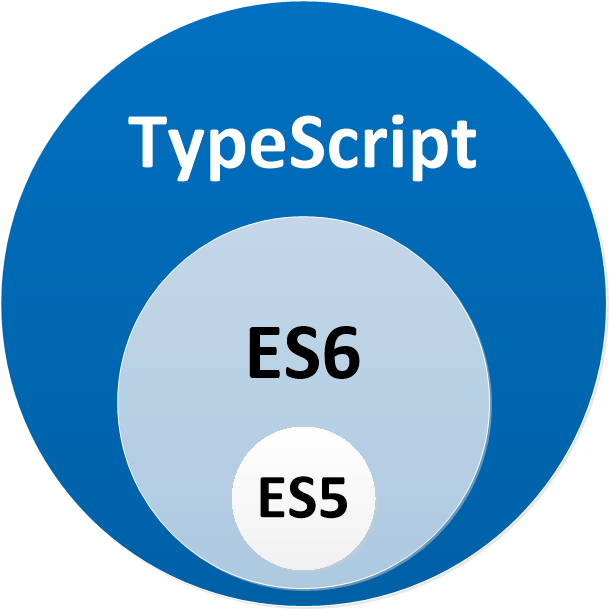Sequelize-module is a wrapper of sequelize and sequelize-typescript for the Hapiness Framework.
- Using sequelize-module inside your Hapiness application
- Models
SequelizeClientServicefunctions- Mainteners
// Using NPM
$ npm install --save @hapiness/core @hapiness/sequelize rxjs
// Using Yarn
$ yarn add @hapiness/core @hapiness/sequelize rxjsAccording to sequelize documentation you will need to install at least one of these packages for sequelize-module to work:
# Using NPM
$ npm install --save pg@6 pg-hstore #pg@7 is currently not supported
$ npm install --save mysql2
$ npm install --save sqlite3
$ npm install --save tedious # MSSQL
# Using Yarn
$ yarn add pg pg-hstore
$ yarn add mysql2
$ yarn add sqlite3
$ yarn add tedious # MSSQL"dependencies": {
"@hapiness/core": "^1.3.0",
"@hapiness/sequelize": "^1.0.0",
"rxjs": "^5.5.3",
// + one of these
"mysql2": "^1.5.1",
"pg": "^6.4.2",
"pg-hstore": "^2.3.2",
"sqlite3": "^3.1.13",
"tedious": "^2.1.5"
//...
}This module provide an Hapiness extension for Sequelize.
To use it, simply register it during the bootstrap step of your project and provide the SequelizeExt with its config
@HapinessModule({
version: '1.0.0',
providers: [],
declarations: [],
imports: [SequelizeModule]
})
class MyApp implements OnStart {
constructor() {}
onStart() {}
}
Hapiness
.bootstrap(
MyApp,
[
/* ... */
SequelizeExt.setConfig(
{
dialect: 'sqlite', // 'mysql'|'sqlite'|'postgres'|'mssql'
username: 'username',
password: 'password',
database: 'database',
storage: ':memory:' // Only for sqlite (path of the file or :memory:)
// ...
}
)
]
)
.catch(err => {
/* ... */
});SequelizeExt needs an Option object so you can provide all the properties defined by Sequelize with the minimum of the options below:
interface Options {
username: string;
password: string;
database: string;
dialect: 'mysql'|'sqlite'|'postgres'|'mssql';
}Sequelize-module uses sequelize-typescript so you can define your models with classes in the form of sequelize-typescript models. However, for your Models to be integreted in your Hapiness application you need to decorate it with @TableModel:
import { Model, Table } from 'sequelize-typescript';
import { TableModel } from '@hapiness/sequelize';
@TableModel()
@Table
export class User extends Model<User> { }NB: You need to either name your model's file the name of your +
.ts(hereuser.ts) or you need to export your model as default:export default class User extends...
To Inject a Model in your application you just need to pass it to the array of declarations of your @HapinessModule.
See examples directory for a basic working implementation. Run it with the command
npm run dev:watch.
To use sequelize, you need to inject inside your providers the SequelizeClientService.
class FooProvider {
constructor(private _sequelize: SequelizeClientService) {}
bar(): Observable<string> {
return this._sequelize.instance.model('MyModel');
}
}SequelizeClientService.instance this will return you the sequelize client and you will be able to call on it every sequelize commands (see the reference here)
| Julien Fauville | Antoine Gomez | Sébastien Ritz | Nicolas Jessel | Florent Bennani |
Copyright (c) 2017 Hapiness Licensed under the MIT license.

